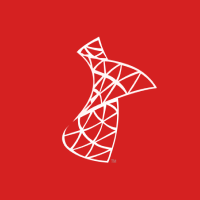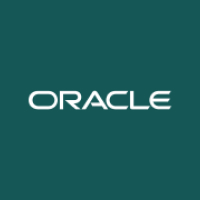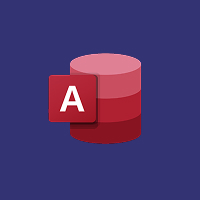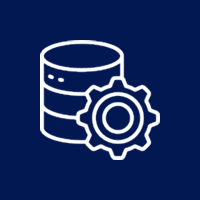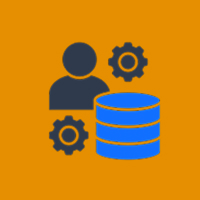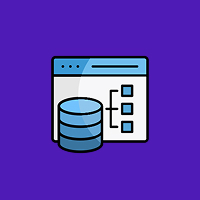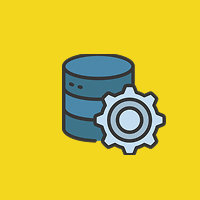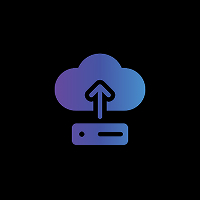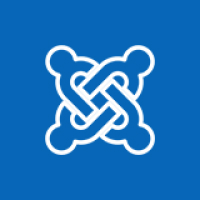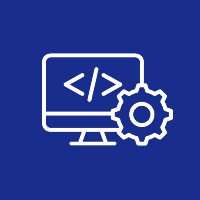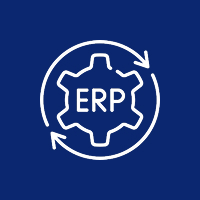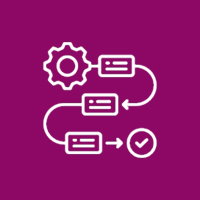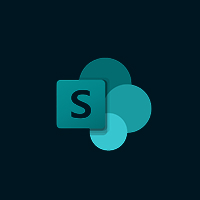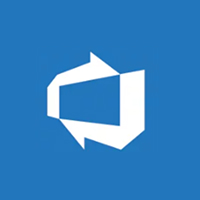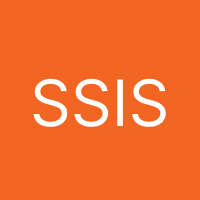It has gained fantastic momentum as one of the choice PHP frameworks of late, and for good reasons. The syntax is elegant along with powerful features of Laravel. This has proved to be friendly for developers, so when one masters Laravel, this means considerable addition to the skills and perfecting of their projects when taking the basics as it is on this post-advanced tips and tricks to get you going for a true pro in Laravel.
1. Use Eloquent ORM
Eloquent is Laravel’s great Object-Relational Mapping system, which makes it possible for you to use your database in a clean and expressive syntax. To really benefit from Eloquent, though:
- Use Relationships: Learn about one-to-many and many-to-many relationships. That will make the database queries for you much simpler and avoid tricky joins.
- Query Scopes: Use local scopes and global scopes to encapsulate frequently used logic for queries while keeping your code cleaner and even more reusable.
- Mass-Assignment Protection: Use fillable or guarded properties responsibly for mass-assignment protections.
- Eager Loading: Optimize queries to the database using eager loading with with() for better performance.
2. Leverage Middleware for Better Control
Middleware is a power filtering tool, which filters every incoming HTTP requests in your application. Here is how you will use middleware most effectively:
- User Authentication: Develop your own custom middleware for handling user authentication and allow only the relevant users to access certain routes.
- Log Requests: Install middleware logging all incoming requests, which you can use to track user behavior and problematic issues.
- CORS Handling: This uses middleware to establish security using Cross-Origin Resource Sharing.
3. Performance Optimisation through Caching
Actually, caching is the performance enhancer of a Laravel application. Here are the techniques for usage of caching,
- Configuration Caching: Run php artisan config:cache to cache your configuration files. This actually reduces the loads of loading.
- Route Caching: Speed up the process of resolving routes in production applications with php artisan route:cache.
- Query Caching: Use Laravel’s intrinsic query cache to reduce the response time in database interactions, especially for data that occurs repeatedly.
- Object Caching: Utilize caching drivers such as Redis or Memcached to store objects, such as those repetitively used, for a better response rate.
4. Asset Management with Laravel Mix
Managing frontend assets can be challenging, but Laravel Mix simplifies the process. It offers a clean API for defining Webpack build steps. Here’s how to make the most of it:
- Versioning: Implement versioning to cache-bust your assets, ensuring users always receive the latest files.
- Compile SASS/LESS: If you’re using SASS or LESS, Laravel Mix can easily compile these files with minimal configuration.
- Minification: Use Laravel Mix to minify your JavaScript and CSS files for faster loading of your website.
5. Use Task Scheduling
Laravel has a great feature of task scheduling where you can run repetitive tasks very easily. You no longer need a cron job. You can define tasks directly in your application. Here’s how you do it:
- Define Schedules: Define your tasks in the schedule method within your App\\Console\\Kernel.php file.
- Run Schedule: Make a single cron entry run the Laravel command scheduler every minute.
- Automate Database Backups: Schedule regular backups of your database to prevent losing data.
6. API Rate Limiting
While developing APIs, abuse should be avoided, and there should be a fair usage mechanism. Laravel helps in this case by including its own rate limiting feature:
- Throttle Requests: It adds throttle middleware, which actually restricts requests coming from one user within one specified time window.
- Customized Limits: Fine-tune limits on specific endpoints or for each type of a user’s roles so that rate limits are only meaningful to an application.
This also includes integrating token-based authentications on specific API endpoints protected using Laravel Passport or Sanctum.
7. Testing Your Applications
Testing is an integral part of any development process. Laravel provides a full testing suite that includes:
- Feature Tests: Use feature tests to ensure your application behaves as expected from the user’s side.
- Unit Tests: Write unit tests for the individual components to ensure they are working correctly in isolation.
- Mocking Dependencies: Use Laravel’s testing utilities to mock database queries, external API calls, and other dependencies.
8. Security Best Practices
Any Laravel project should involve security at first. Here is how it could be done by approach:
- HTTPS: Your application should enforce Https to guard user data appropriately.
- Input Validation: Always validate user input from the Laravel framework to avoid some attacks like SQL and others that may happen during the process of inputting of data.
- CSRF: By default, enabled in Laravel; use the feature appropriately.
Encryption: This is used as a tool in Laravel when dealing with private information. - Security Headers: Use middleware to implement security headers for added protection.
9. Debugging and Error Handling
A good debugging and error-handling strategy can save a lot of development time. Here are some useful tools and techniques:
- Debugbar: Install Laravel Debugbar to get detailed information about queries, logs, and execution time.
- Log Management: Laravel’s logging system will be used to monitor the application errors and track issues.
- Exception Handling: Customize Laravel’s exception handler, App\\\\\\\\Exceptions\\\\\\\\Handler.php to create user-friendly error messages.
10. Deployment Optimization
The last step which ensures that your Laravel application runs well in a live environment is deployment. Best practices to be followed are:
- Use Env Files: Store sensitive configuration data in.env files rather than hardcoding values.
- Composer Dependencies: Optimize for the production environment: composer install –no-dev –optimize-autoloader
- Auto Deploy: There are tools to automate deployment for Laravel Envoyer, GitHub Actions, or even Deployer for an easy upgrade.
- Queue Workers: Laravel Queues with Redis or SQS would run background jobs efficiently.
To master the advanced features of Laravel, one has to master the advanced skills of its potential capabilities. Therefore, using these tools, such as Eloquent ORM, middleware, caching, and security best practices, you can develop efficient and scalable applications but keep them well-maintained too. Stay on top with continuous practice of the Laravel ecosystem.
Whether you’re a lone developer or part of a large team, these advanced techniques will help you build professional-grade applications with Laravel.
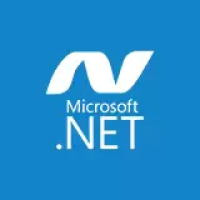
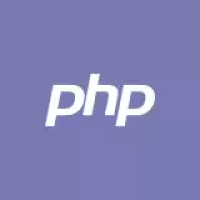

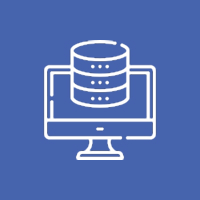




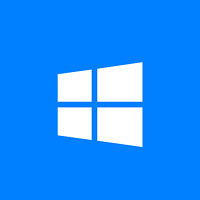
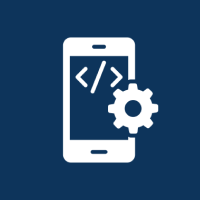
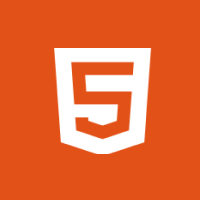


 Database Development
Database Development